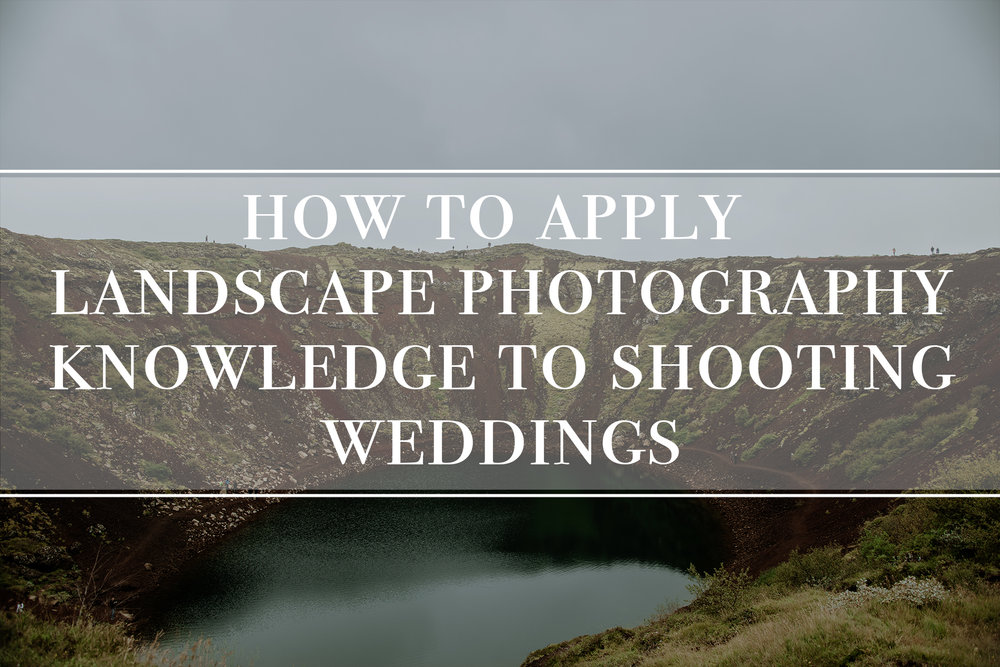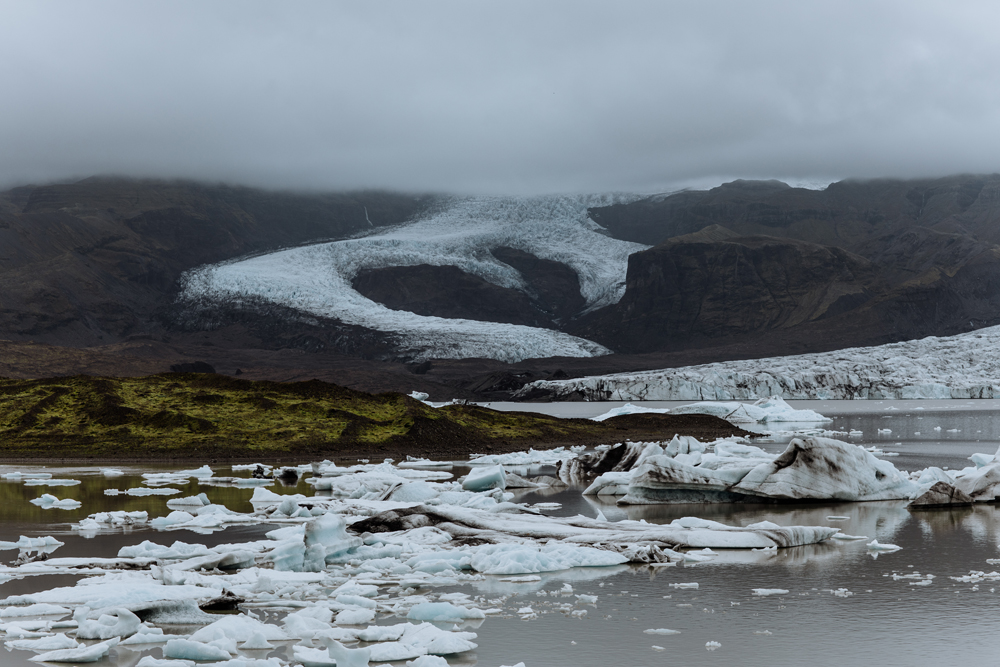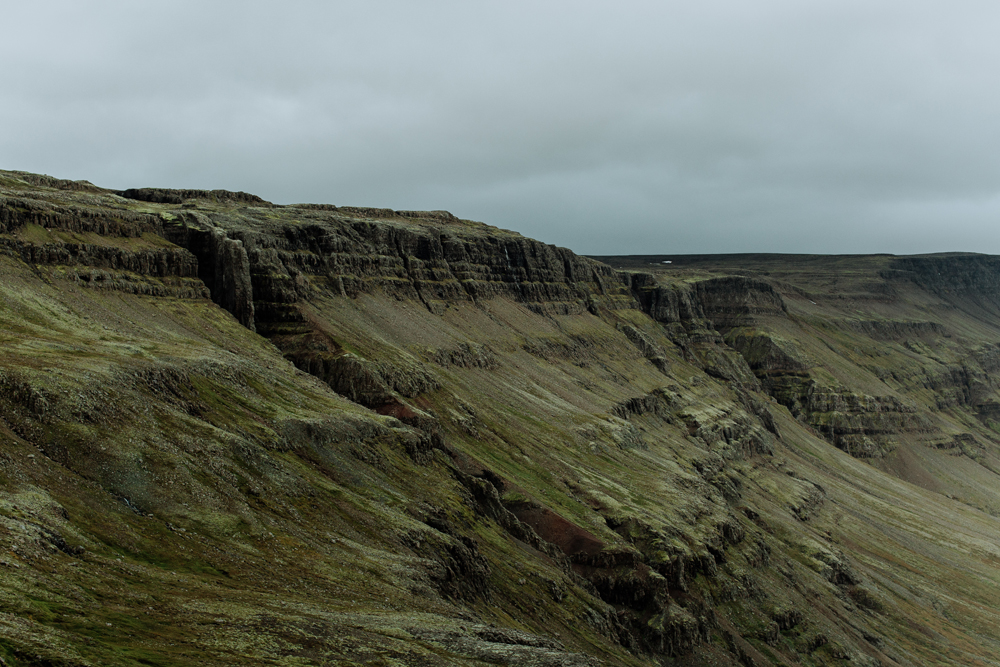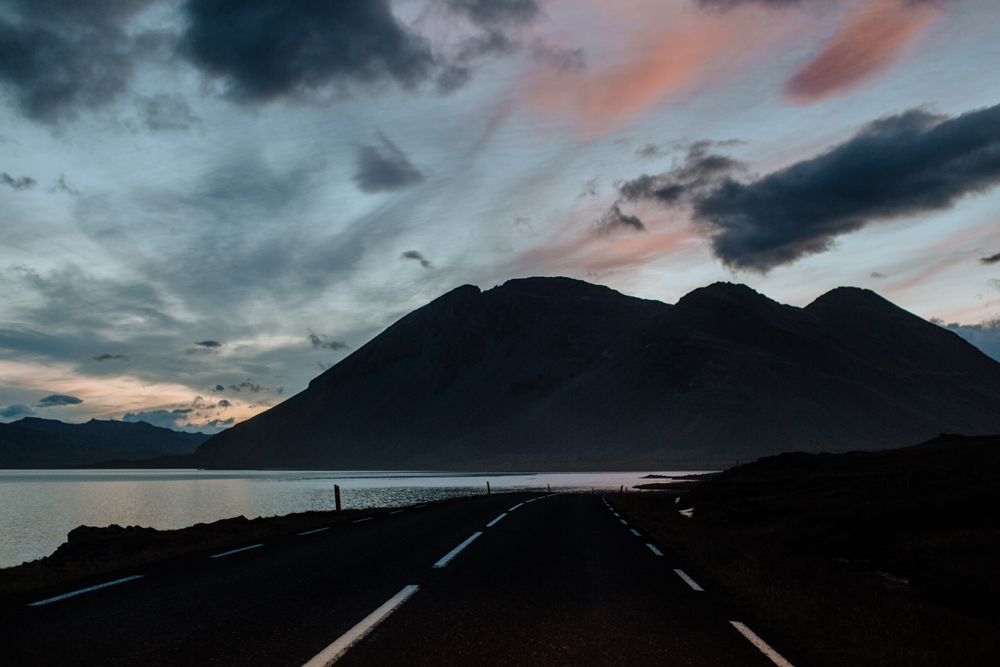
Wedding photographers have a crucial job.
Documenting one of the most important days in the life of your couples can be very stressful in it’s own right, and even moreso if you’re not sure how to adapt your photography knowledge to shooting in the ever changing environments that wedding days tend to offer up.
As wedding photographers, it is essential that you pull on a wide range of photography experiences in order to capture the best shots possible. Unlike many industries where you can simply take an internship and get to know the ropes of the job, the wedding industry tends to work quite differently.
At best, you might find yourself being an assistant or second shooter to another, more established, photographer in your area. Certainly, this is much less stressful on you, but might not offer all the opportunities necessary to really learn how to take photos on the wedding day. We ourselves have second shot many weddings, and while it is an important way to learn the wedding day photography process, it is not the only way.
Because landscape photography is something we enjoy in our personal time, we thought it would be a great idea to share some of our thoughts on how you can apply landscape photography knowledge and techniques to your wedding photography.
What are the differences between landscape photography and wedding photography?
At first glance, it might seem like photographing landscapes is entirely different than shooting weddings.
After all, the subjects are different, right?
The actual subject of the photographs is by-and-large the biggest difference. All other aspects of landscape and wedding photography overlap in one way or another – both artistically and technically speaking.
In many ways, our approach to both forms of photography are very similar. It starts with a basic photography philosophy: we want the photos we capture to be authentic, natural, and represent our subject.

By extension, this goes beyond just the act of taking the photographs, but our editing process, editing style, and how we ultimately package the images in galleries for clients or for use on social media, as wall art in our home, etc.
From there, you could consider the artistic techniques and equipment needed for both styles of photography. Many uninformed people have a tendency to associate wedding photography with just portrait photography – which would imply in most cases using lenses with narrow focal lengths like 50mm or 85mm lenses. On the opposite end, many might think that landscape photographers are pretty much aiming to capture large environments within every frame, thus relying on wider lenses like 16mm or 24mm.
The reality of good landscape and wedding photography, in our humble opinion, is that a photographer will pull elements of both to make more compelling images and tell a story. In the context of landscapes, some of the best we have taken and seen from other photographers around the world are those with human elements incorporated. Sometimes we like to say things like “human for scale” while placing a human subject somewhere that draws attention in the frame, and shows the scale of the environments we are in. This was notably utilized during many stop offs on our 10 day trip around Iceland, as environments there certainly warrant showing scale.
In the context of a wedding, showing scale of an environment can also be a useful storytelling tool. Of course, I would not want to take all distant, wide angled, images throughout a wedding day. But, having pictures of a venue with a 16mm or 24mm can help solidify the location of the wedding – a critically important piece of the day.
How we incorporate aspects of landscape photography in our wedding day photography
As techniques often used by landscape photographers can be fairly broad, below is an outline of some of the specific items we are going to touch on – and how we have used these in the context of wedding photography.
- Small aperture (high f-stop number) for photographing the environment (generally: the venue)
- Use of a tripod for stabilization, enabling a slow shutter speed
- Finding a focal point in the context of a larger environment shot
- Consideration for foreground intrigue
- Utilizing the sky as part of the image
- Using leading lines to create depth
- Long exposures to capture movement
- Work with light to create more dynamic depth and drama to the photos (when available)
- Emphasize portrait photos during the best times of day – Golden Hour and Blue Hour
No doubt, there are other elements that could come to mind, but we are trying not to write an entire book here 🙂
Let’s start by breaking each of these down into digestible blurbs so you can better understand how these elements of landscape photography influence our wedding photography.
using Small apertures (high f-stop #’s) for environmental shots

A good photographer no matter what they are shooting will be aware of the technical aspects of their camera. Setting the aperture, shutter speed, and ISO while shooting in manual is essential for maximizing control over the images you are producing. Often, landscape photographers use a small aperture in order to keep the entire shot environment in focus. Shooting with open apertures (low f-stop numbers) produce fantastic effects in the context of portraits – when you want to create distance between the subject and the background and produce the blur effect (bokeh) that many photographers crave. In the context of a landscape, this blur can be distracting or unwanted if you are looking to have foreground and background appear naturally distant from one another – not artificially separated by your camera sensor.
During a wedding day, we use small apertures in order to capture the environment. This is especially useful when looking to capture the wedding venue for some overall shots.
Using a tripod
As cumbersome as tripods can be at times, they provide substantial value to photographers looking to use low shutter speeds and for the purpose of stabilizing the camera to reduce unwanted motion blur. We can admit, it is not always possible to just whip one out, but when the time presents itself – using a tripod is a great asset. We will discuss more of this value in a minute when we talk more about long exposure photography.
Finding a focal point in the context of larger environment shots
While we love intimate portraits with our couples, there is value in shot diversity. One way to create this is by using wider lenses and photographing your couple (or some other subject) in the context of their environment. This may not always be possible depending on the venue, but more often than not, it is entirely possible. Using the couple themselves for example, positioning them in such a way that they are the focal point of the shot is essential – and placing in such a way that the background of the image shows context (the place and time of the event).
Creating foreground intrigue
Leveraging the landscape that comes with the wedding day venue is wonderful, and a reason that many photographers (like us) get excited to check out new wedding venues. Once you have scoped out a nice location (think: a scenic overlook), consider how you can add depth by playing with the foreground. Static images of just the couple against a nice backdrop are, well, nice…but a photo that goes beyond this into the realm of amazing adds something more to the image. This is not a hard and fast rule, but certainly something we have noticed in our own photography. One simple way to view the image is by thinking: foreground, middle ground, background.
During portraits, one focus is to have an object (like flowers, a bush, strings lights we carry in our camera bag, etc.) to help frame the couple, and open apertures to then blur the background. The framing device makes the foreground more interesting, the couple is the core focus of the image and make up the middle ground, and the background is blurred to our liking to make it more interesting in the context of portraiture.
Utilizing the sky to create depth
One of our favorite non-subject elements in our photographs is the sky. It almost sounds silly typing it out, but the appearance of the sky overhead can dictate a lot about how your images will look. It can define the mood for the day. Bright blue and clear skies tend to convey a lighter, happier, and more joyous feel. Some cloud cover adds an element of depth. Grey skies on a rainy day, or white out skies during snowfall both add their own dimensions. For photographers of all types, shooting during sunset and sunrise tend to evoke the most vivid emotions as the sky color can substantially impact the mood of an image.

Long exposures
While long exposure photography is not going to be a staple in your wedding photography toolkit, it can be used to add some artistic flair when provided the time to experiment. In landscape photography, long exposures are often utilized to capture cloud trail, star trails during the night with astrophotography, and the fluid motion of flowing water. The effect is something that can’t really be replicated on non-professional cameras. One situation where we used this substantially was after a client requested an “overall shot of the venue from across the lake with the party in full effect.” After 20 minutes of walking through the woods in the dark, setting up a camera on a tripod, and shooting at a 30 second exposure – we were able to capture the light of the outdoor venue with twinkling stars accentuating it all.
Work with light to create depth
Photography is quite literally the art of painting with light. Everything we do to capture our images is dependent on the light. There is such a thing as “good light” and “bad light,” and knowing the difference, and how to adjust to get the good stuff in your shot is essential. While you may not have as much leverage over this one wide landscape panoramas, influencing the light for wedding portraits by using reflectors, flash setups, and simply changing direction of your shot can all make a shot better.
One area that you should consider is how shadows and highlights in your frame are impacting your subject. The most interesting landscape shots use these elements to add depth, and being mindful of them in all photography contexts is essential to having better-than-average photos.
Emphasize portrait photos during Golden Hour and Blue Hour
Lastly, unless you are a niche photographer that only shoots in studio or during the middle of the night, you will likely love shooting during Golden Hour and Blue Hour. Our best portraits come at this time, because the light produced is naturally soft, glowing, and interesting. Landscape photographers also make use of these times of day to shoot some of their most captivating work, too.
landscape photography provides additional tools for your wedding photography arsenal
As you can see, landscape photography and wedding photography are not all that different at the end of the day. Sure, there are some differences, but in general both styles of photography leverage different techniques and ideas in order to achieve the best shots possible.
How have you incorporated a landscape photography mindset into your own wedding images? Let us know below!